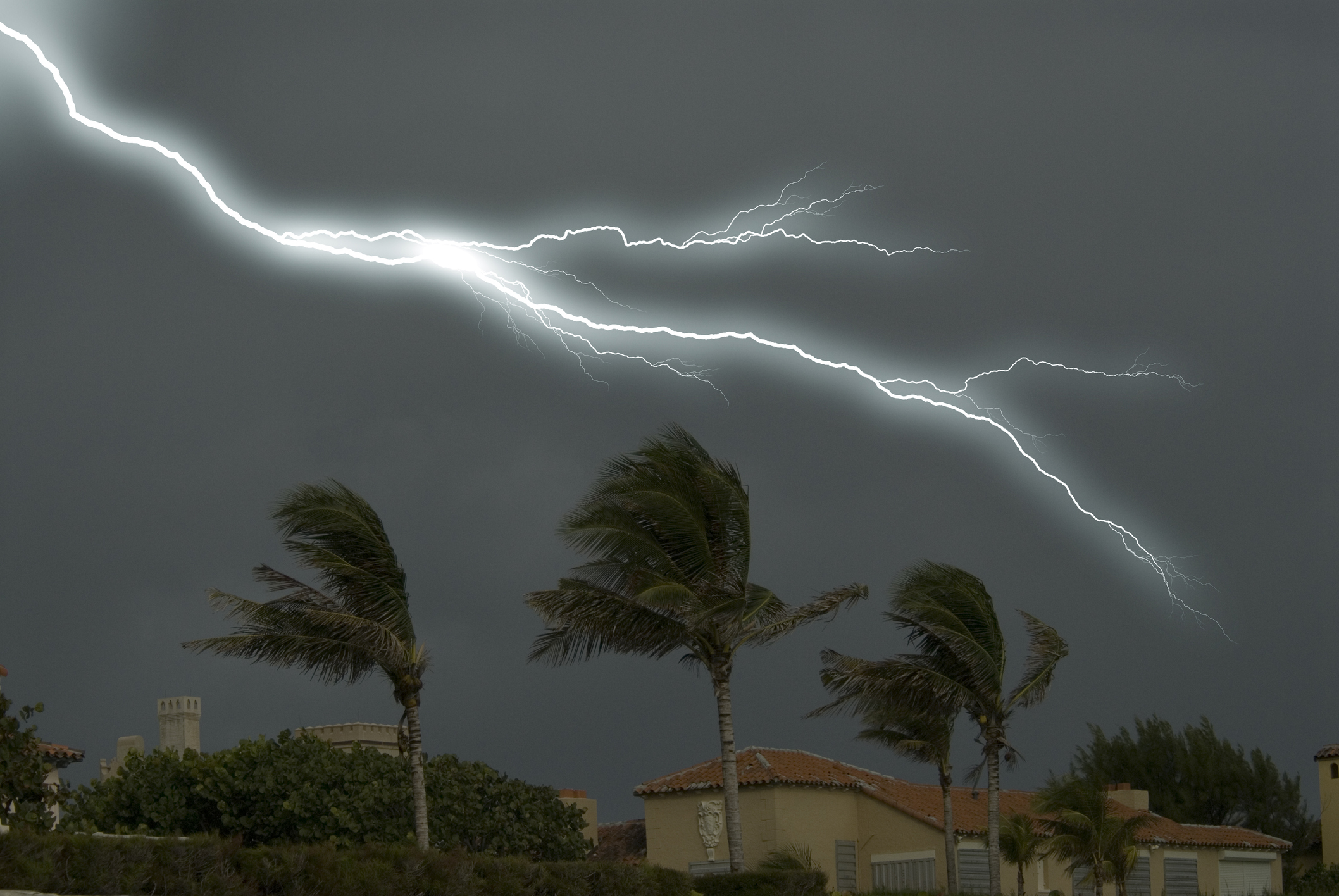Lights went out as Hurricane Fiona devastated areas from the Caribbean to Canada, and Hurricane Ian has done the same. Hurricanes, along with other natural disasters like wildfires and winter storms, can leave people without access to electricity.
However, new research out of the Lawrence Berkeley National Laboratory suggests that added solar capacity, paired with batteries, can help address this problem. The study makes use of historic long-term power outages (caused by disasters) and models the performance of behind-the-meter solar and energy storage systems functioning as a kind of backup source of power during long-term power interruptions.
Behind-the-meter refers to solar systems that are installed on a customer’s residence—on the customer side of the electricity meter. The more common term for this is “roof-top solar,” according to Galen Barbose, a research scientist with the Lawrence Berkeley National Laboratory and one of the paper’s authors. “It’s more customer-sided solar,” he told Ars.
In 2021, around 4 percent of United States homes received power from on-site solar. “The growth of behind-the-meter solar is growing. It’s still small numbers, but it’s accelerating pretty quickly,” he said.
Digital disasters
The research is part of a three-year project funded by the US’s Solar Technologies Office. According to Barbose, work on it began prior to Fiona and Ian crashing into the US. The team launched around a year ago, he said.
Barbose noted that the paper's results are based on computer modeling rather than field data, relying on simulated loads, storage, and generation. It has two main components. In the first, the team simulated solar and battery performance in 10 historic cases involving long-term power outages caused by disasters, including Hurricane Irma and the 2019 California Wildfires. Here, long-term means 24 hours or more, but the disasters often resulted in losses of power lasting a week or more. For each location, it simulated how well the renewable energy systems fared using weather and existing house stock data.
For the second component, the team deployed their modeling system across the US, going county by county, and simulated how well the systems would perform in providing backup power in each month of the year—which would impact the heating and cooling needs—in the case of power outages lasting between one and 10 days, Barbose said. “The purpose of that was to understand, at a national level, where in the country would these systems perform better or worse? What are the key drivers that are related to climate conditions or building stock conditions that really drive the results?” he said.


 Loading comments...
Loading comments...
